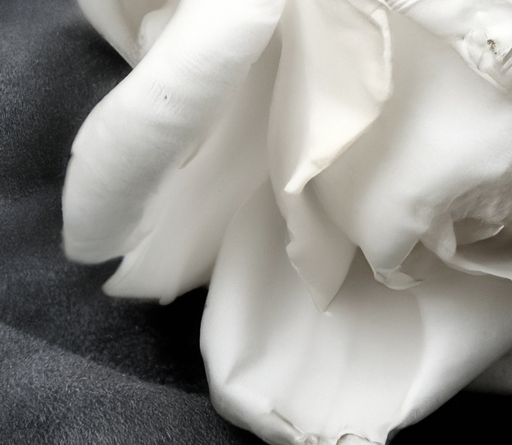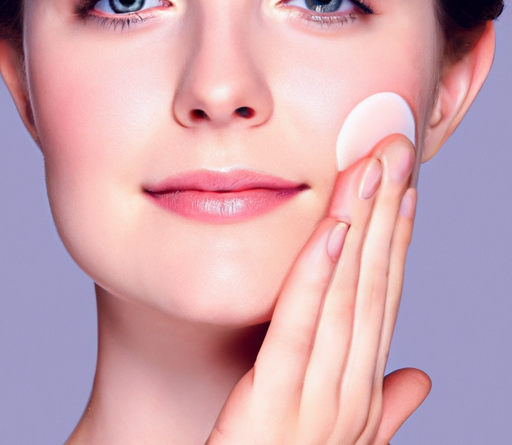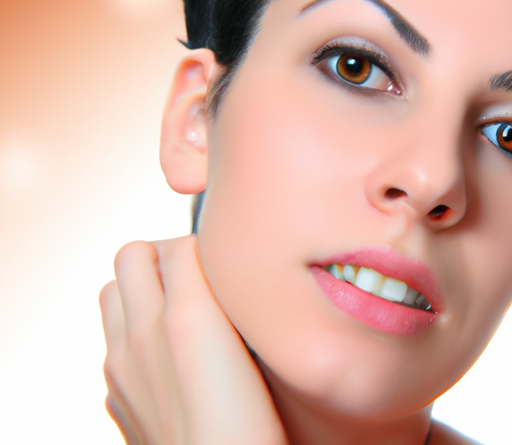In this article, you’ll learn some simple tips and tricks to achieve a smoothly shaved face. We’ll talk about prepping your skin before shaving, the right shaving technique to avoid irritation, and the importance of post-shave care. By the end, you’ll have all the knowledge you need to keep your skin looking and feeling smooth after every shave.
Exfoliate Before Shaving
Benefits of exfoliating before shaving
Exfoliating before shaving is an essential step to achieving smooth and flawless skin. When you exfoliate, you remove dead skin cells that can clog your razor and cause irritation during shaving. This process helps to unclog your pores, prevent ingrown hairs, and promote a closer, more comfortable shave. Exfoliating also helps to improve blood circulation, leaving your skin looking refreshed and rejuvenated.
Different exfoliating methods
There are various methods of exfoliation that you can choose from depending on your preference and skin type. One popular method is to use a physical scrub or brush to gently slough off dead skin cells. Another option is chemical exfoliation, which involves using products containing ingredients like alpha hydroxy acids (AHAs) or beta hydroxy acids (BHAs) to dissolve dead skin cells. Additionally, you can opt for natural exfoliating remedies such as sugar or coffee scrubs.
Choosing the right exfoliator for your skin type
When selecting an exfoliator, it is important to consider your skin type to avoid any potential irritation or adverse reactions. For those with sensitive skin, opt for gentle exfoliators that contain soothing ingredients like chamomile or aloe vera. If you have oily skin, look for exfoliators with salicylic acid to unclog your pores effectively. Dry skin types should opt for moisturizing exfoliators that contain ingredients like hyaluronic acid or shea butter to help hydrate the skin while exfoliating.
Precautions to take while exfoliating
While exfoliating is beneficial, it is essential to take precautions to prevent any damage to your skin. Firstly, avoid over-exfoliating as it can strip away natural oils and cause excessive dryness or irritation. Limit the frequency of exfoliation to 1-2 times per week. Secondly, avoid exfoliating if you have any cuts or open wounds on your skin as it can further aggravate the area and delay the healing process. Lastly, always moisturize your skin after exfoliating to restore hydration and protect the newly revealed skin cells.
Prepare Your Skin and Tools
Importance of prepping your skin
Properly preparing your skin before shaving is crucial to achieving a smooth and irritation-free shave. Start by cleansing your face with a gentle cleanser to remove any dirt, oil, or impurities. This step helps to soften the hair follicles and prime your skin for a closer shave. Additionally, cleansing removes any excess product buildup that can hinder the effectiveness of your shaving cream or gel.
Choosing the right shaving cream or gel
Selecting the right shaving cream or gel can significantly impact your shaving experience. Look for products that are specially formulated for your skin type and contain moisturizing ingredients like aloe vera or glycerin. These ingredients help to create a protective barrier between your skin and the razor, reducing the chances of irritation and razor burn. Stay away from products that contain harsh chemicals or fragrances as they can cause dryness or allergic reactions.
Using a clean and sharp razor
Using a clean and sharp razor is essential for achieving a close and smooth shave. Dull or dirty razors can cause tugging and pulling on the skin, leading to irritation and ingrown hairs. Replace your razor blades regularly to ensure optimal performance. Additionally, clean your razor before and after each use to remove any bacteria or debris that can potentially cause infection or breakouts.
Proper technique for using a razor
To achieve the best results while shaving, use proper technique. Begin by wetting your skin with warm water to soften the hair and open up the pores. Apply a generous amount of shaving cream or gel and allow it to sit for a few minutes to further soften the hair. Using short, gentle strokes, shave in the direction of hair growth to prevent irritation. Rinse the razor frequently to remove any hair or product buildup. After shaving, rinse your skin with cold water to close the pores and pat dry with a clean towel.
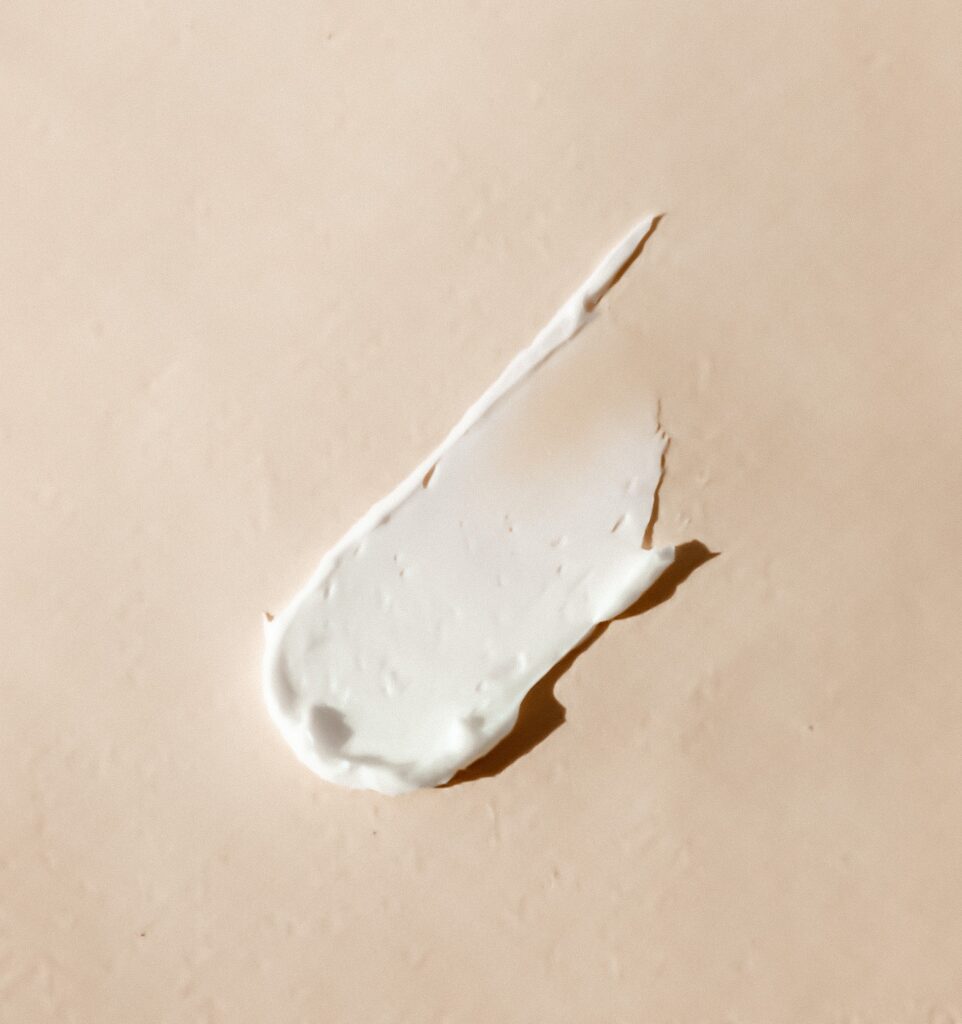
This image is property of images.unsplash.com.
Use Proper Shaving Techniques
Shave in the direction of hair growth
Shaving in the direction of hair growth is crucial to prevent irritation and ingrown hairs. While it may be tempting to shave against the grain for a closer shave, this can cause the hair to become trapped beneath the skin’s surface, leading to ingrown hairs and inflammation. By shaving in the direction of hair growth, you achieve a closer shave with minimal risk of irritation.
Avoid going over the same area multiple times
Repeatedly going over the same area can increase the likelihood of razor burn and irritation. Instead, focus on using shorter, more controlled strokes to ensure that you cover all areas without excessively irritating the skin. If you find that you missed a spot, it is better to reapply shaving cream and go over the area once rather than repeatedly shaving the same spot.
Rinse the razor regularly
Rinsing your razor regularly during shaving helps to remove any hair or product buildup that can impede the razor’s effectiveness. A clogged razor can lead to tugging and pulling on the skin, causing irritation and discomfort. By keeping your razor clean, you ensure a smoother and more comfortable shaving experience.
Do not press too hard on the skin
Applying excessive pressure while shaving can damage the skin and increase the risk of nicks and cuts. Allow the weight of the razor to glide over your skin, using gentle, controlled motions. Pressing too hard can also cause the hair to be cut below the skin’s surface, leading to ingrown hairs. Take your time and shave with a light touch for optimum results.
Moisturize After Shaving
Importance of post-shave moisturization
Moisturizing your skin after shaving is a crucial step to lock in moisture, prevent dryness, and soothe any irritation. Shaving can strip away the skin’s natural oils, leaving it dry and vulnerable. By applying a moisturizer, you replenish hydration and help restore the skin’s barrier function. Moisturizing also helps to calm any redness or inflammation that may occur during shaving.
Choosing the right moisturizer for your skin
Selecting the right moisturizer for your skin type ensures optimal hydration and protection. Look for a moisturizer that is lightweight, non-comedogenic, and specifically formulated for the face. For dry skin, choose a moisturizer that contains ingredients like hyaluronic acid or ceramides to help lock in moisture. If you have oily or acne-prone skin, opt for oil-free or gel-based moisturizers that won’t clog your pores. For sensitive skin, look for moisturizers with soothing ingredients like chamomile or aloe vera.
Applying moisturizer correctly
To effectively moisturize your skin, apply a pea-sized amount of moisturizer onto your fingertips. Gently massage the moisturizer into your skin using circular motions until it is fully absorbed. Pay extra attention to areas that tend to be drier, such as the cheeks or forehead. Avoid rubbing or tugging the skin, as this can cause further irritation. Allow the moisturizer to penetrate for a few minutes before applying any other skincare or makeup products.
Additional tips for moisturizing
In addition to using a moisturizer, there are other steps you can take to enhance moisture retention and promote overall skin health. Drinking an adequate amount of water throughout the day helps to hydrate your skin from within. Additionally, using a humidifier in your home can help combat dryness, especially during colder months. Lastly, wearing clothing made from natural fibers like cotton allows your skin to breathe and minimizes the risk of irritation.
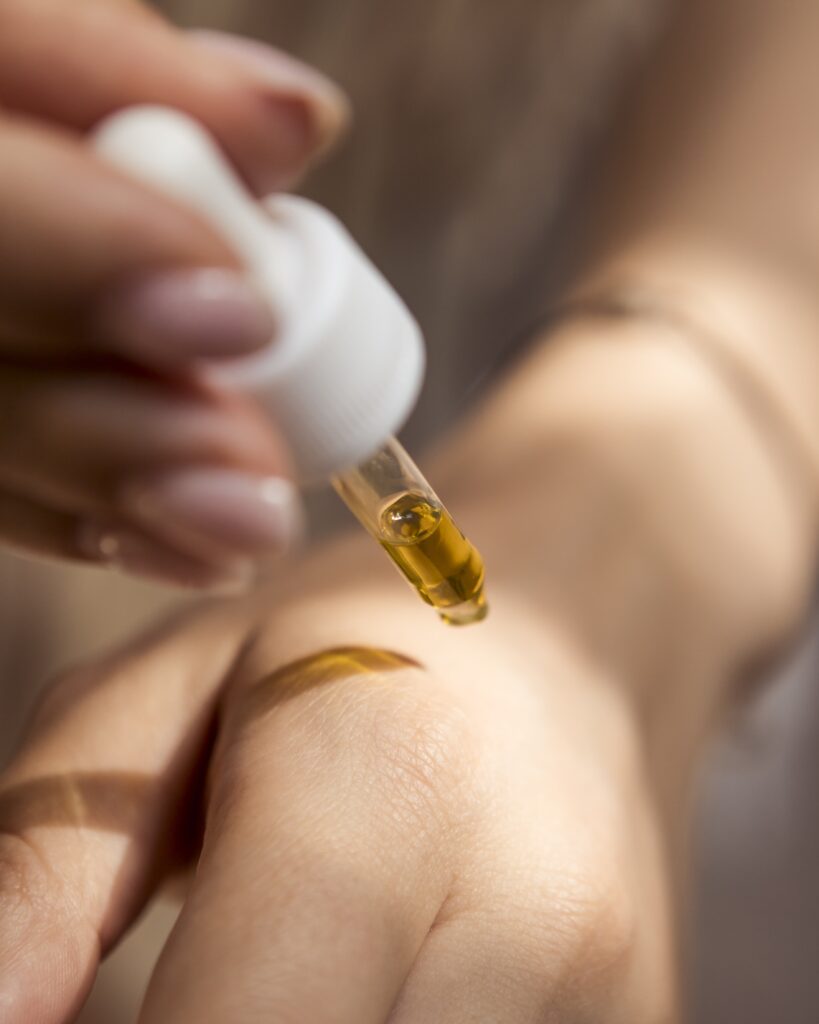
This image is property of images.unsplash.com.
Avoid Irritants and Harsh Products
Identifying potential irritants in skincare products
Some skincare products can contain ingredients that may irritate the skin, especially after shaving. Fragrances, artificial dyes, and certain preservatives can cause redness, itching, or allergic reactions. When selecting skincare products, read the ingredient labels carefully and look for products that are labeled fragrance-free or suitable for sensitive skin.
Using fragrance-free or sensitive skin products
Opting for fragrance-free or sensitive skin products can help minimize the risk of irritation after shaving. Fragrances are often the leading cause of allergic reactions, and by choosing fragrance-free products, you reduce the chances of experiencing redness or itchiness. Sensitive skin products are specifically designed to be gentle and soothing, making them ideal for post-shave skincare routines.
Avoiding harsh chemicals and alcohol-based products
Harsh chemicals and alcohol-based products can strip away the skin’s natural oils and cause dryness or irritation. Avoid products that contain ingredients such as alcohol, parabens, sulfates, or formaldehydes. Instead, opt for products that utilize natural, nourishing ingredients. These are more likely to be gentle on the skin and promote overall skin health.
Understanding the impact of aftershaves
Aftershaves are commonly used to soothe and refresh the skin after shaving. However, it is essential to choose the right type of aftershave to prevent irritation. Traditional alcohol-based aftershaves can be harsh on the skin, leading to excessive dryness or stinging sensation. Instead, choose alcohol-free aftershaves or those that contain soothing ingredients like witch hazel or aloe vera. These products help to calm the skin and provide hydration without causing discomfort.
Treat and Soothe Razor Burn
Identifying symptoms of razor burn
Razor burn is a common issue that occurs after shaving and can cause redness, irritation, and a burning or stinging sensation. Identifying the symptoms of razor burn is essential to treat it effectively. If you notice any redness, inflammation, or small bumps on the shaved area, it is likely that you have razor burn.
Home remedies for treating razor burn
There are several home remedies that can help soothe and alleviate razor burn. One simple remedy is applying a cold compress to the affected area to reduce inflammation and redness. Aloe vera gel or natural yogurt can also provide relief by cooling and moisturizing the skin. Additionally, tea tree oil or witch hazel can be applied to the affected area to reduce inflammation and prevent infection.
Using over-the-counter products for relief
If home remedies are not providing sufficient relief, there are over-the-counter products available specifically formulated to treat razor burn. Look for products that contain ingredients like hydrocortisone or lidocaine, which provide soothing and anti-inflammatory effects. These products can help reduce redness, calm irritation, and promote faster healing.
Preventing razor burn in the future
To prevent razor burn from occurring in the future, it is important to follow proper shaving techniques and care for your skin. Always use a sharp and clean razor, shave in the direction of hair growth, and avoid pressing too hard on the skin. Additionally, exfoliate regularly to prevent clogged pores and ingrown hairs. Moisturizing after shaving and using gentle skincare products will also help to maintain healthy, irritation-free skin.
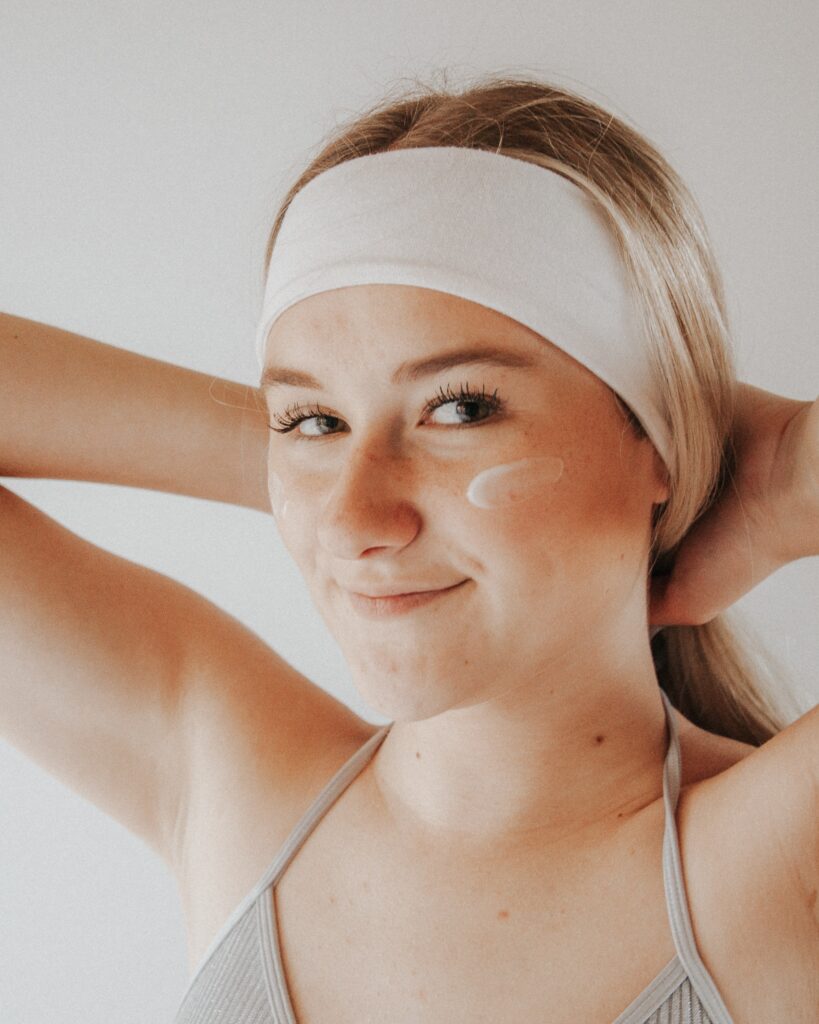
This image is property of images.unsplash.com.
Maintain Proper Hygiene
Importance of cleanliness in preventing skin issues
Maintaining proper hygiene is crucial in preventing skin issues such as infections, breakouts, and irritation. Ensure that your face and hands are clean before starting your shaving routine. Dirty hands or contaminated shaving tools can introduce bacteria or other pathogens to your skin, leading to infections or other complications.
Keeping shaving tools clean and sanitized
Regularly cleaning and sanitizing your shaving tools is essential for maintaining hygiene and preventing infections. After each use, thoroughly rinse your razor under hot water to remove any hair or product buildup. Consider using a mild soap or an alcohol-based solution to disinfect the razor. Additionally, replace disposable blades or clean and disinfect reusable blades regularly to prevent bacteria buildup.
Changing razor blades regularly
Using a dull razor blade can lead to a rough and uncomfortable shaving experience. Dull blades can tug on the skin, cause irritation, and increase the risk of nicks and cuts. To maintain a smooth and irritation-free shave, replace your razor blades regularly. On average, blades should be replaced every 5-7 shaves, or sooner if you notice any signs of dullness.
Avoiding sharing of shaving tools
Sharing shaving tools, such as razors or shaving brushes, can increase the risk of bacterial or fungal infections. Even if the blades are changed, microscopic bacteria can still be present on the razor. To avoid any potential skin issues, it is best to use your own shaving tools and avoid sharing them with others.
Tips for Extra Smooth Skin
Using a shaving brush for better lather
Using a shaving brush can significantly enhance your shaving experience and result in smoother skin. A shaving brush helps to create a thick and luxurious lather, providing better lubrication and protection for your skin. It also helps to lift the hair and exfoliate the skin, leading to a closer and more comfortable shave.
Trying alternative hair removal methods
While shaving is a popular hair removal method, there are alternative options that may provide smoother and longer-lasting results. Waxing, for example, removes hair from the root, resulting in slower regrowth and a smoother finish. Epilating or using depilatory creams are also effective methods to consider. However, it is important to note that these methods may be more time-consuming or require professional assistance.
Considering professional treatments
For those seeking a more permanent solution to hair removal, professional treatments such as laser hair removal or electrolysis may be worth considering. These methods target the hair follicle, resulting in reduced hair growth over time. However, these treatments can be costly and may require multiple sessions for optimal results. It is essential to consult with a qualified professional to determine if these treatments are suitable for you.
Adopting a healthy lifestyle for skin health
Healthy skin starts from within, so maintaining a healthy lifestyle can contribute to smoother skin. Ensure you are eating a balanced diet, rich in fruits, vegetables, and lean proteins, to provide your skin with the necessary nutrients for optimal health. Additionally, getting regular exercise, getting enough sleep, and managing stress levels can also improve overall skin health.
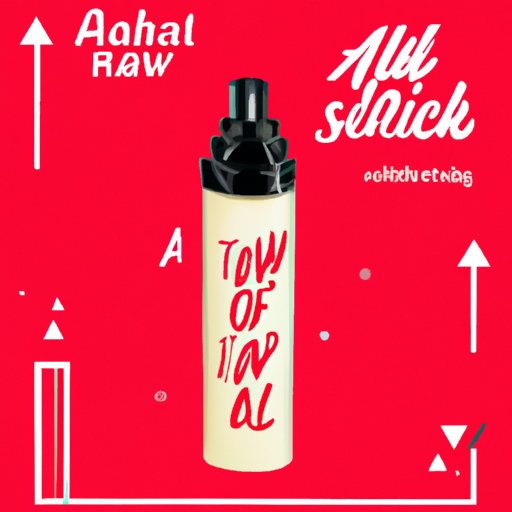
Protect Your Skin from Sun Damage
Understanding the impact of sun exposure on skin
Protecting your skin from the harmful effects of the sun is vital for maintaining smooth and healthy skin. Prolonged sun exposure can lead to sunburn, premature aging, dark spots, and even increase the risk of skin cancer. It is crucial to take steps to protect your skin from the sun’s harmful UV rays.
Using sunscreen after shaving
Applying sunscreen after shaving is essential to protect your skin from the sun’s damaging rays. Choose a broad-spectrum sunscreen with at least SPF 30 and apply it generously to all exposed areas of your skin. Be sure to reapply every two hours, especially if you are spending time outdoors or sweating heavily. Don’t forget to apply sunscreen to often-overlooked areas such as the ears, neck, and back of the hands.
Wearing protective clothing and accessories
In addition to applying sunscreen, wearing protective clothing and accessories can further safeguard your skin from the sun’s harmful rays. Opt for lightweight, long-sleeved shirts, wide-brimmed hats, and sunglasses with UV protection. You can also consider investing in UPF (Ultraviolet Protection Factor) clothing that provides an extra layer of sun protection.
Limiting sun exposure during peak hours
To minimize sun damage, it is advisable to limit your sun exposure during the peak hours of 10 am to 4 pm when the sun’s rays are the strongest. If you need to be outdoors during this time, seek shade whenever possible and try to schedule activities in the early morning or late afternoon when the sun is less intense. Remember, even on cloudy or overcast days, UV rays can still penetrate the clouds and cause skin damage.
Conclusion
In conclusion, achieving and maintaining smooth skin after shaving requires proper preparation, technique, and aftercare. By exfoliating before shaving, preparing your skin and tools, using proper shaving techniques, moisturizing afterward, avoiding irritants and harsh products, treating razor burn, maintaining proper hygiene, following additional tips for extra smooth skin, and protecting your skin from sun damage, you can enjoy a flawless and irritation-free shaving experience. Along with a healthy skincare routine and lifestyle habits, you can achieve the smooth and healthy skin you desire. Remember to choose products and techniques that suit your skin type and always prioritize the health and well-being of your skin.
Remember, maintaining smooth skin after shaving is an ongoing process and requires consistency and attention to detail. By following the tips and techniques outlined in this article, you can minimize irritation, prevent ingrown hairs, and achieve the smooth, radiant skin you desire. So, take care of your skin, invest in quality products, and enjoy the benefits of a flawless shave.



